Home>Articles>What Kind Of String Do You Use With A Plumb Bob
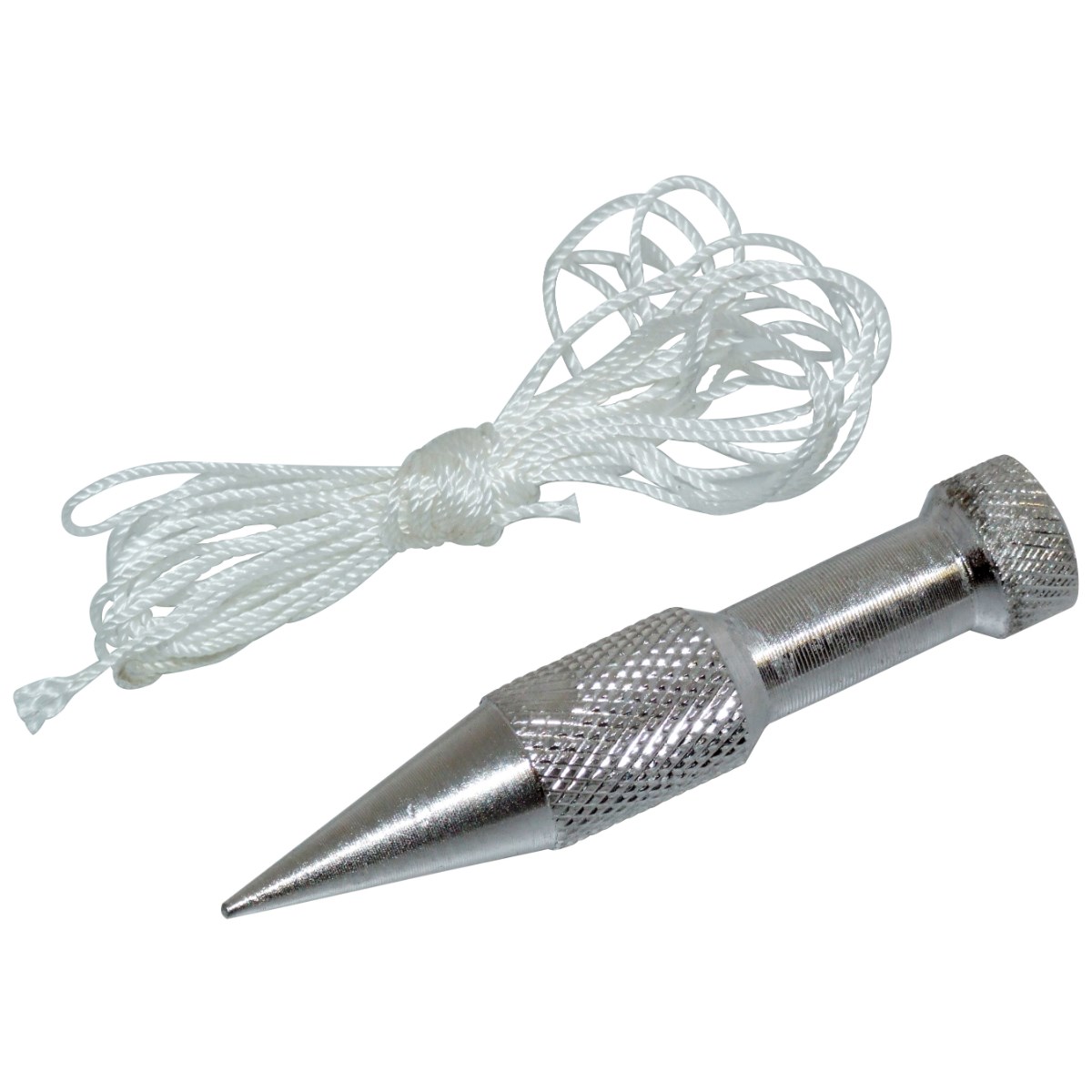

Articles
What Kind Of String Do You Use With A Plumb Bob
Modified: November 1, 2024
Find out what type of string or cord is best for using with a plumb bob in this comprehensive article. Get valuable tips and recommendations for choosing the right string for accurate plumb line measurements.
(Many of the links in this article redirect to a specific reviewed product. Your purchase of these products through affiliate links helps to generate commission for Storables.com, at no extra cost. Learn more)
Introduction
When it comes to using a plumb bob, having the right type of string is crucial. A plumb bob is a simple yet highly effective tool used in construction, carpentry, and various other industries to ensure vertical alignment. It consists of a weighted metal or stone object, commonly referred to as a bob, attached to a length of string. The plumb bob is suspended from a fixed point and the string is held taut, allowing the bob to hang freely.
While the plumb bob itself plays a significant role in maintaining accuracy, the quality and type of string used are equally important. The string not only helps in suspending the bob but also acts as a reference line for precise measurements. Choosing the right string will ensure stability, durability, and accuracy, allowing you to achieve the desired results for your project.
In this article, we will delve into the different types of strings used with plumb bobs, the factors to consider when choosing the appropriate string, and provide insights to help you make an informed decision.
Key Takeaways:
- Choosing the right string for your plumb bob is crucial for maintaining stability, durability, and accuracy in construction and carpentry projects. Consider factors such as strength, visibility, and resistance to stretching to ensure optimal performance.
- Whether opting for natural fibers like cotton or synthetic options like nylon, selecting the appropriate string for your plumb bob is essential for achieving precise vertical alignment. Consider project requirements, environmental conditions, and personal preferences to make an informed decision.
Read also: 15 Amazing String Plumb Bob for 2025
Understanding Plumb Bobs
To fully appreciate the importance of using the right string with a plumb bob, it is essential to understand the functionality of the tool itself. Plumb bobs have been used for centuries, and their basic design remains unchanged.
The primary purpose of a plumb bob is to establish a vertical reference line. By utilizing the force of gravity, the weighted bob naturally aligns itself with the center of the Earth, ensuring a truly vertical line. This makes plumb bobs invaluable for tasks such as leveling walls, aligning posts, and setting foundations accurately.
Plumb bobs are typically made from dense materials such as brass, steel, or lead. These materials provide enough weight to ensure a reliable vertical alignment. The bob is attached to a length of string, which is often made from natural or synthetic fibers. The choice of string is crucial to maintain the accuracy and stability of the plumb bob.
Using a plumb bob requires holding the string taut and allowing the bob to hang freely. The line created by the string serves as a reference for measurements and ensures the desired vertical alignment. To achieve accurate results, the string should be durable, non-stretchable, and resistant to external factors such as moisture and temperature changes.
Now that we have a basic understanding of plumb bobs and their function, let’s explore the importance of using the right string.
Importance of Using the Right String
The string used with a plumb bob may seem like a minor component, but it plays a crucial role in maintaining the accuracy and reliability of the tool. Using the right string is of utmost importance for several reasons:
- Stability: A plumb bob is only effective if the string remains stable and doesn’t move or sway. Choosing a string that is strong and resistant to stretching or sagging ensures that the bob stays in place, providing a consistent reference line for accurate measurements.
- Durability: Construction projects often involve harsh conditions, including exposure to moisture, heat, and other elements. The string used with a plumb bob should be durable enough to withstand these conditions without compromising its strength or functionality.
- Resistance to Stretching: Stretching in the string can lead to inaccuracies in measurements. Opting for a non-stretchable string ensures that the plumb bob maintains its position and provides reliable vertical alignment for precise measurements.
- Sensitivity: The string should be sensitive enough to provide immediate feedback when adjustments are made. A string with low sensitivity may delay the detection of small movements or changes in alignment, resulting in less accurate results.
- Visibility: Choosing a string that has high visibility can greatly enhance the ease of working with a plumb bob. This is especially important in low-light conditions or when working over long distances, where a highly visible string makes it easier to establish an accurate vertical reference line.
By using the right string with your plumb bob, you can ensure precise measurements, accurate alignment, and increased efficiency in your construction or carpentry projects. Now let’s explore the factors to consider when choosing the appropriate string for your plumb bob.
Factors to Consider When Choosing Plumb Bob String
Choosing the right string for your plumb bob involves considering several important factors. By understanding these factors, you can make an informed decision and select a string that will meet your specific needs. Here are some key factors to consider:
- Strength: The string should be strong enough to support the weight of the bob and withstand tension without breaking. Look for strings made from durable materials that can handle the demands of your project.
- Flexibility: While the string needs to be strong, it should also have some flexibility to allow for smooth movement and adjustments. Too rigid of a string may cause it to become stiff, making it difficult to handle and use effectively.
- Non-Stretchability: Avoid using strings that have a tendency to stretch over time. Stretching can lead to inaccurate measurements and alignment. Look for strings with minimal stretch properties to ensure precise results.
- Resistance to Moisture: Depending on your project, the string may be exposed to moisture or damp conditions. Choosing a string that is resistant to moisture will prevent it from becoming weakened or compromised in such environments.
- Visibility: Consider the visibility of the string, especially in different lighting conditions. Opt for brightly colored or highly visible strings to make it easier to establish a clear reference line, particularly when working in dimly lit areas or at a distance.
- Length: Determine the length of string needed for your specific project. Consider the height of the area you’re working on and ensure that the string is long enough to reach the desired length without needing additional extensions.
- Compatibility: Some plumb bobs may come with specific recommendations for suitable strings. Check the manufacturer’s instructions or guidelines to ensure that you choose a string that is compatible with your plumb bob.
By keeping these factors in mind, you can select a plumb bob string that meets your project requirements and provides the stability, durability, and accuracy needed for precise vertical alignment. In the next sections, we will explore some common types of string used with plumb bobs, including natural fibers and synthetic options.
Common Types of String Used with Plumb Bobs
There are various types of strings available for use with plumb bobs, each with its own unique characteristics and advantages. The choice of string depends on factors such as the specific project requirements, environmental conditions, and personal preferences. Let’s explore some of the common types of string used with plumb bobs:
Read also: 15 Amazing Plumb Bob String for 2025
Natural Fibers
1. Cotton String: Cotton is a popular choice for plumb bob strings due to its strength, flexibility, and availability. Cotton strings are known for their softness and ease of handling. They have good resistance to stretching and provide reliable stability. Cotton is also highly absorbent, which can be beneficial if you need to mark or reference points during your project.
Synthetic Fibers
2. Nylon String: Nylon is a synthetic material widely used in plumb bob strings. It is known for its exceptional strength, durability, and resistance to stretching. Nylon strings offer high visibility, making them suitable for projects where clear visibility is important. They also have good resistance to moisture, making them suitable for outdoor or damp environments.
3. Polyester String: Polyester is another commonly used synthetic material for plumb bob strings. It provides excellent strength, durability, and resistance to stretching. Polyester strings often have low abrasion properties, which means they are less likely to fray or wear over time. They offer good visibility and are resistant to moisture and UV damage.
4. Polypropylene String: Polypropylene is a lightweight and strong synthetic material used in many applications, including plumb bob strings. It offers good resistance to stretching, moisture, and rot. Polypropylene strings are highly visible and often have a smooth texture, making them easy to handle and work with.
These are just a few examples of the common types of strings used with plumb bobs. Other options, such as hemp or sisal, may also be available depending on your region and personal preferences.
When choosing the type of string for your plumb bob, consider the specific requirements of your project, the working environment, and the durability and visibility needed. It’s important to choose a string that suits your needs to ensure optimal performance and accurate measurements.
Now let’s move on to the next section, where we will discuss how to choose the right string for your specific needs.
Natural Fibers
When it comes to plumb bob strings, natural fibers have been used for centuries due to their availability, versatility, and inherent properties. Here are some common types of natural fiber strings used with plumb bobs:
Cotton String:
Cotton is a popular choice for plumb bob strings due to its strength, flexibility, and ease of use. It is a soft and smooth natural fiber that offers excellent grip and knotting capabilities, making it easy to handle during projects. Cotton strings provide good resistance to stretching, ensuring stability and accuracy when working with a plumb bob. They are also highly absorbent, making it convenient to mark reference points or make adjustments on the string during your project.
Read more: What Is A Plumb Bob Tool Used For?
Hemp String:
Hemp is another natural fiber frequently used as a plumb bob string. It is known for its exceptional strength, durability, and resistance to stretching. Hemp strings offer excellent stability, maintaining their shape and tension even under heavy loads. They are also resistant to moisture, making them suitable for outdoor projects or environments with high humidity. Hemp strings have a slightly rough texture, providing good grip and preventing slippage when handling the plumb bob.
Sisal String:
Sisal strings are made from the fibers of the agave sisalana plant and are commonly used for various applications, including plumb bob strings. They have excellent tensile strength and resistance to stretching, ensuring stability and accuracy in vertical alignment. Sisal strings are also known for their durability and resistance to outdoor elements, making them suitable for construction projects in rugged environments. They have a coarse texture that provides a sturdy grip, making it easy to handle and work with.
When choosing natural fiber strings for your plumb bob, consider factors such as the specific requirements of your project, the environmental conditions, and personal preferences. Natural fiber strings offer their unique characteristics and advantages, and the choice depends on the specific needs of your project.
Now that we have explored the natural fiber options, let’s move on to discussing the synthetic options commonly used as plumb bob strings.
Synthetic Fibers
In addition to natural fibers, synthetic fibers are commonly used for plumb bob strings due to their durability, strength, and resistance to stretching. Here are some commonly used synthetic fibers for plumb bob strings:
Nylon String:
Nylon is a popular choice for plumb bob strings due to its exceptional strength, durability, and resistance to stretching. Nylon strings offer excellent stability, ensuring accurate vertical alignment even under heavy loads. They have a smooth texture and are easy to handle, allowing for smooth movement and adjustments. Nylon strings are highly visible, making them suitable for projects where clear visibility is essential. Additionally, they are resistant to moisture, making them suitable for both indoor and outdoor applications.
Read also: 13 Best String For Plumb Bob for 2025
Polyester String:
Polyester is another common synthetic fiber used for plumb bob strings. It provides excellent strength and durability, ensuring stability and accuracy during construction or carpentry projects. Polyester strings have good resistance to stretching, maintaining their tension for reliable vertical alignment. They are also resistant to moisture and UV damage, making them suitable for outdoor applications. Polyester strings offer high visibility, making it easier to establish a clear reference line, even in low-light conditions.
Polypropylene String:
Polypropylene is a lightweight yet strong synthetic fiber used in plumb bob strings. It offers good resistance to stretching, ensuring stability and accurate alignment. Polypropylene strings are highly resistant to moisture, chemicals, and rot, making them suitable for tough environments. They have a smooth texture that makes them easy to handle and work with. Polypropylene strings are also highly visible, enhancing visibility and ease of use.
When choosing a synthetic fiber string for your plumb bob, consider factors such as the specific requirements of your project, environmental conditions, and personal preferences. Synthetic fiber strings provide durability, strength, and reliability, making them an excellent choice for various applications.
Now that we have explored natural and synthetic fiber options, it’s time to move on to the next section where we will discuss how to choose the right string for your specific needs.
Nylon String
Nylon string is a popular choice for plumb bob strings due to its exceptional strength, durability, and resistance to stretching. It offers a reliable and stable support for plumb bobs, ensuring accurate vertical alignment. Nylon strings have several advantages that make them highly suitable for various construction and carpentry projects:
Strength and Durability: Nylon is a synthetic material known for its outstanding strength. Nylon strings can withstand heavy loads without breaking or stretching excessively. They are durable and long-lasting, making them reliable for prolonged use in construction and carpentry applications.
Resistance to Stretching: Nylon strings have excellent resistance to stretching, which is crucial for maintaining the stability and accuracy of a plumb bob. Even under significant tension, nylon strings will maintain their shape and positioning, ensuring consistent vertical alignment throughout your project.
High Visibility: Nylon strings are often available in bright and vibrant colors, providing high visibility. This makes it easier to establish a clear and visible reference line, even in low-light conditions or when working at a distance. The increased visibility of nylon strings can contribute to improved accuracy and efficiency in your project.
Resistance to Moisture: One of the key advantages of nylon strings is their resistance to moisture. They do not absorb water easily, preventing the string from becoming weakened or compromised in damp environments. This makes nylon strings suitable for both indoor and outdoor projects, even in humid or rainy conditions.
Ease of Handling: Nylon strings are known for their smooth and soft texture, making them easy to handle and work with. They glide smoothly through your hands, allowing for quick adjustments and ensuring a comfortable grip. The ease of handling nylon strings contributes to the overall efficiency and convenience of using a plumb bob.
Overall, nylon strings provide exceptional strength, durability, and resistance to stretching, making them an excellent choice for plumb bob strings. Whether you are working on a construction site, performing carpentry tasks, or engaging in other vertical alignment projects, nylon strings can offer the reliability and stability needed for accurate measurements and precise vertical alignment.
Now that we have explored nylon strings, let’s move on to discussing the next type of string commonly used with plumb bobs.
Cotton String
Cotton string is a popular choice for plumb bob strings due to its strength, flexibility, and ease of use. It offers various advantages that make it highly suitable for construction and carpentry projects where precision and accuracy are crucial:
Strength and Flexibility: Cotton is a natural fiber renowned for its strength. Cotton strings can withstand the tension applied by a plumb bob without breaking or stretching excessively. They provide a reliable and stable support for the bob, ensuring consistent vertical alignment throughout your project. Additionally, cotton strings offer flexibility, allowing for smooth movement and adjustments when working with a plumb bob.
Softness and Grip: Cotton strings have a soft texture that makes them comfortable to handle. They do not cause discomfort or friction against your hands, allowing for extended use without strain. The softness of cotton strings also provides a good grip, making it easier to hold the string taut and manipulate the plumb bob with precision.
Resistance to Stretching: Cotton strings have relatively low stretching properties compared to other materials. This resistance to stretching ensures stability and accuracy in maintaining a vertical reference line. By using a cotton string, you can rely on consistent measurements and precise vertical alignment throughout your project.
High Absorbency: Cotton is highly absorbent, which can be beneficial during construction or carpentry tasks. If you need to mark or reference points on your string, cotton strings can easily absorb ink or markers, allowing you to make adjustments or note important measurements throughout your project.
Ease of Knotting: Cotton strings are known for their knotting capabilities. They can be easily tied and untied, allowing for quick adjustments and secure fastening of the plumb bob. This ease of knotting adds to the overall efficiency and convenience of working with a plumb bob.
Cotton strings are versatile and suitable for a wide range of applications. Whether you are working on framing, installing cabinets, or aligning posts, a cotton string can provide the stability, flexibility, and durability required for accurate vertical alignment.
Now that we have explored the advantages of cotton strings, let’s move on to discussing the next type of string commonly used with plumb bobs.
Read more: What Is A Brass Plumb Bob Used For
Polyester String
Polyester string is a commonly used type of string for plumb bobs, known for its exceptional strength, durability, and resistance to stretching. It offers several advantages that make it highly suitable for construction and carpentry projects where precision and reliability are essential:
Strength and Durability: Polyester is a synthetic material known for its excellent strength. Polyester strings can withstand the tension applied by a plumb bob without breaking or stretching excessively. They provide a reliable and stable support for the bob, ensuring consistent vertical alignment throughout your project. Moreover, polyester strings are highly durable and can withstand the demands of rugged construction environments.
Resistance to Stretching: Polyester strings have excellent resistance to stretching. They maintain their tension and shape, preventing inaccuracies in vertical alignment that can be caused by excessive stretching. This ensures stability and accuracy in your measurements, allowing you to achieve precise results in your construction or carpentry work.
Resistance to Moisture and UV Damage: Polyester strings have inherent properties that make them resistant to moisture and UV damage. They do not absorb water easily, allowing them to maintain their strength and stability even in damp or humid environments. Additionally, polyester strings are resistant to the damaging effects of UV rays, making them suitable for outdoor projects that are exposed to sunlight.
Low Abrasion: Polyester strings have low abrasion properties, meaning they are less likely to fray or wear over time. This ensures the longevity of the string, allowing you to rely on it throughout your project without worrying about breakage or degradation. The low abrasion of polyester strings contributes to their overall durability and reliability.
High Visibility: Polyester strings are typically available in bright and vibrant colors, providing high visibility. This makes it easier to establish a clear and visible reference line, even in low-light conditions or when working at a distance. The increased visibility of polyester strings enhances accuracy and efficiency in your project.
Polyester strings offer a combination of strength, durability, resistance to stretching, and visibility, making them an excellent choice for plumb bobs. Whether you are constructing walls, installing framing, or aligning structures, a polyester string can provide the stability and reliability needed for precise vertical alignment.
Now that we have explored the advantages of polyester strings, let’s move on to discussing the next type of string commonly used with plumb bobs.
When using a plumb bob, it is best to use a non-stretch, durable string such as braided nylon or polyester. This will ensure accurate and reliable measurements.
Choosing the Right String for Your Needs
Choosing the right string for your plumb bob is essential to ensure accurate vertical alignment and reliable measurements in your construction or carpentry projects. With various types of strings available, it’s important to consider several factors to determine which option is best suited for your specific needs. Here are some key considerations:
Project Requirements: Assess the specific requirements of your project. Consider factors such as the weight of the plumb bob, the distance you’ll be working from, and the likely environmental conditions. These factors will help determine the strength and durability required from the string.
Environmental Conditions: Take into account the environment in which you’ll be using the plumb bob. If you’ll be working outdoors or in damp conditions, opt for strings that are resistant to moisture and UV damage. This will prevent the string from weakening or deteriorating over time, ensuring its longevity and reliability.
Stretch Resistance: Look for strings that have low stretch properties. Strings that resist stretching will maintain their tension and stability, allowing for accurate vertical alignment throughout your project. This is particularly important for maintaining consistency in your measurements.
Visibility: Consider the visibility of the string, especially in different lighting conditions. Strings that are brightly colored or highly visible make it easier to establish a clear reference line, ensuring accuracy in your vertical alignment. This is particularly helpful when working in dimly lit areas or at a distance.
Handling and Knotting: Think about the ease of handling and knotting the string. Strings that are soft, flexible, and easy to handle provide improved comfort and maneuverability during your project. Additionally, strings that are easy to knot allow for quick adjustments and secure attachment of the plumb bob.
Personal Preference: Consider your personal preferences when choosing a plumb bob string. You may have experience with certain types of strings or prefer specific materials based on their texture or other characteristics. Taking your personal preferences into account can further enhance your comfort and ease of use with the chosen string.
By considering these factors, you can narrow down your options and choose the right string that best aligns with your project requirements and preferences. Whether you opt for a natural fiber like cotton or hemp, or a synthetic fiber like nylon or polyester, selecting the appropriate string will ensure the accuracy, stability, and reliability of your plumb bob.
Now that we have discussed the factors to consider when choosing the right string, let’s conclude the article.
Conclusion
Choosing the right string for your plumb bob is crucial for achieving accurate vertical alignment and precise measurements in your construction or carpentry projects. The type of string you select will depend on various factors such as project requirements, environmental conditions, stretch resistance, visibility, handling, and personal preferences.
There are a variety of options available, including natural fibers like cotton, hemp, and sisal, as well as synthetic fibers like nylon and polyester. Natural fibers offer strength, flexibility, and grip, while synthetic fibers provide durability, resistance to stretching, and high visibility.
When choosing a string, consider the specific needs of your project. Ensure that the string is strong enough to support the weight of the plumb bob and withstand tension without breaking. Resistance to stretching is important for maintaining stability and accuracy in your vertical alignment. Visibility is essential, especially in low-light conditions or when working at a distance.
By selecting the right string, you can ensure stability, durability, and accuracy in your plumb bob usage. Whether you need a string for indoor or outdoor applications, for heavy-duty construction or precise carpentry work, there is a suitable option available to meet your needs.
Remember, the string is not just a supporting component for the plumb bob – it is a critical part of the tool that contributes to its functionality and reliability. Taking the time to choose the appropriate string will ensure optimal performance and enhance the overall efficiency of your projects.
In conclusion, when it comes to plumb bobs, the choice of string is essential for achieving accurate vertical alignment. Consider the factors discussed in this article and make an informed decision based on your project requirements and personal preferences. With the right string, you can confidently tackle your construction and carpentry tasks, knowing that you have the tools necessary for precise measurements and reliable vertical alignment.
Now that you've mastered selecting the perfect string for your plumb bob, why not enhance your toolset even further? Our next article dives into the essential masonry tools that every craftsman should have for 2024. Outfitting yourself with the right instruments can make all the difference in precision and ease of your projects. Don't miss out on learning about these indispensable aids that promise to refine your masonry skills.
Frequently Asked Questions about What Kind Of String Do You Use With A Plumb Bob
Was this page helpful?
At Storables.com, we guarantee accurate and reliable information. Our content, validated by Expert Board Contributors, is crafted following stringent Editorial Policies. We're committed to providing you with well-researched, expert-backed insights for all your informational needs.
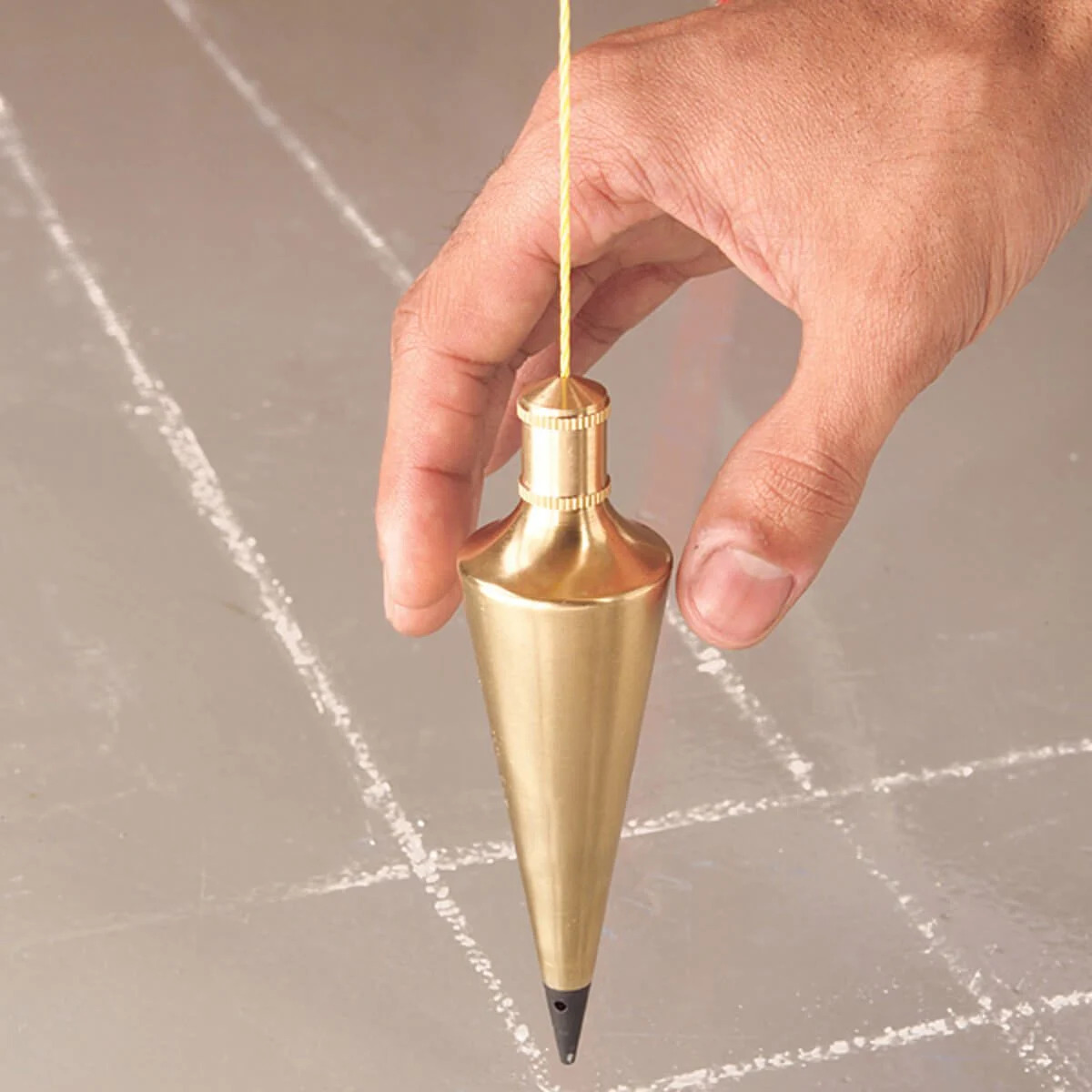
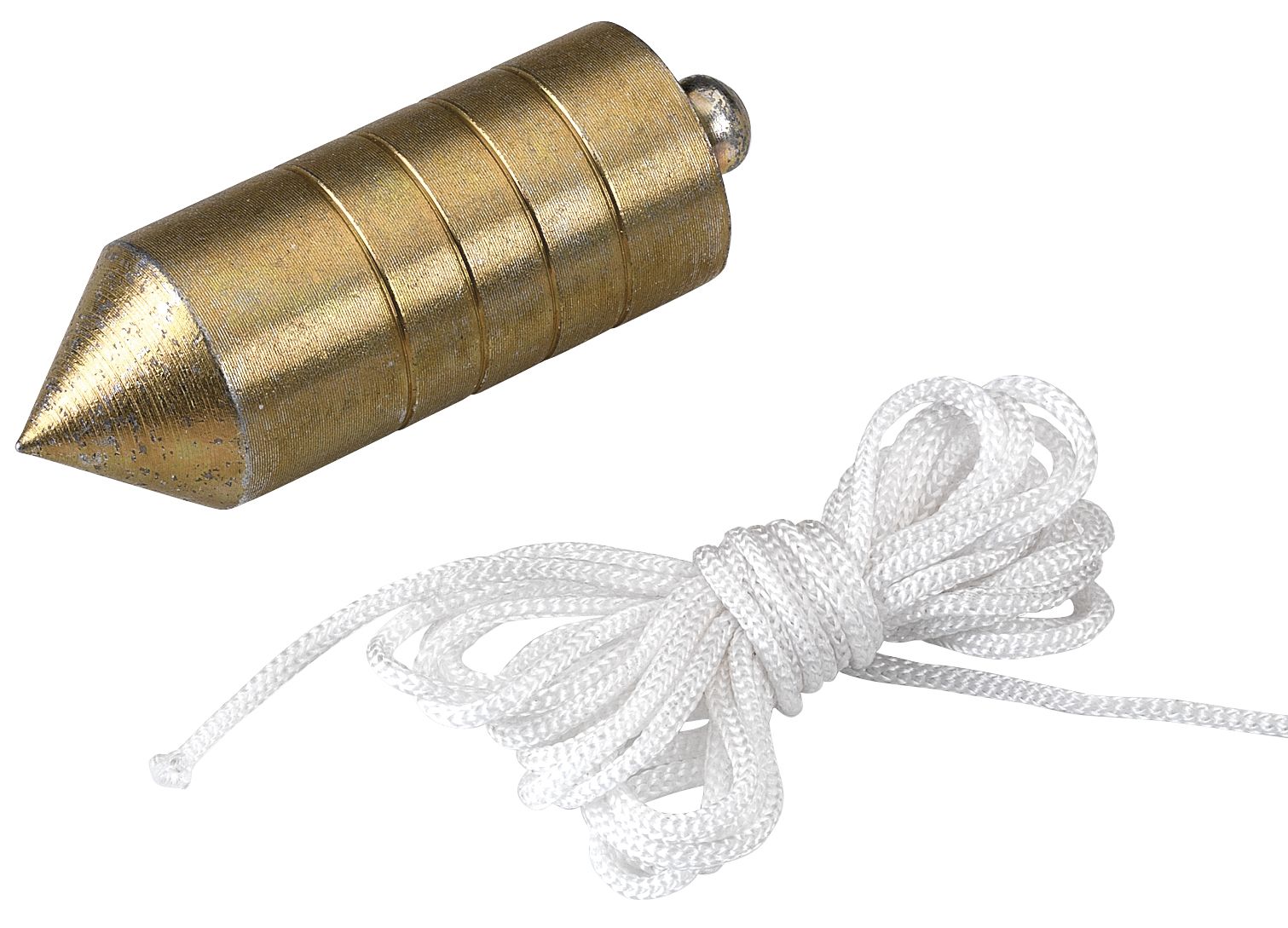
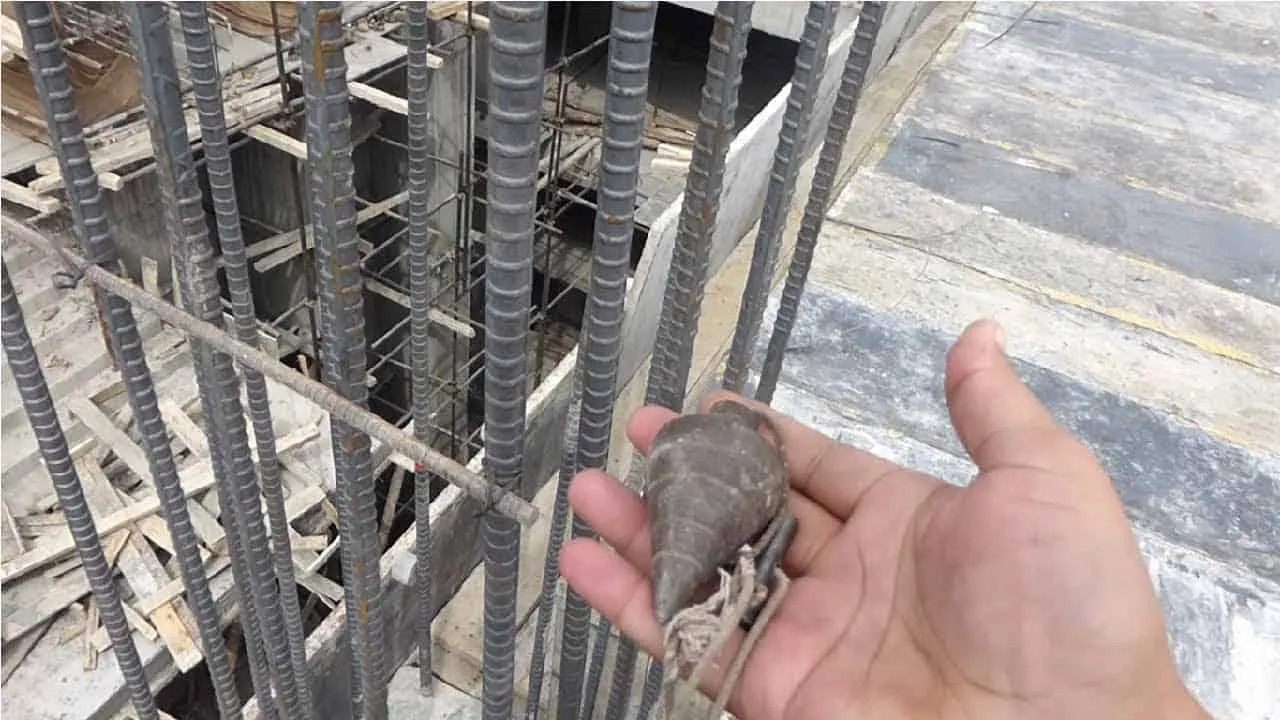
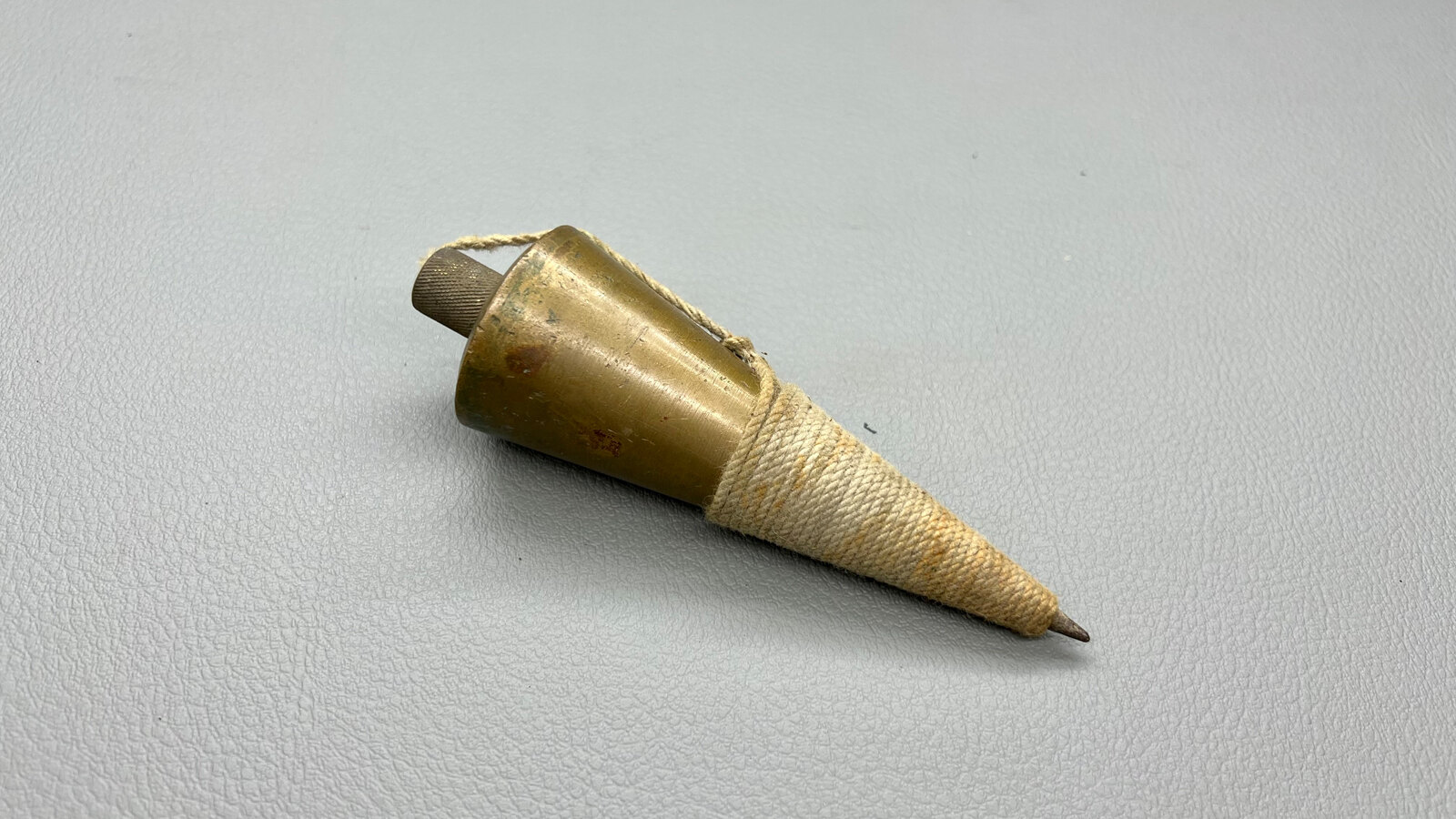

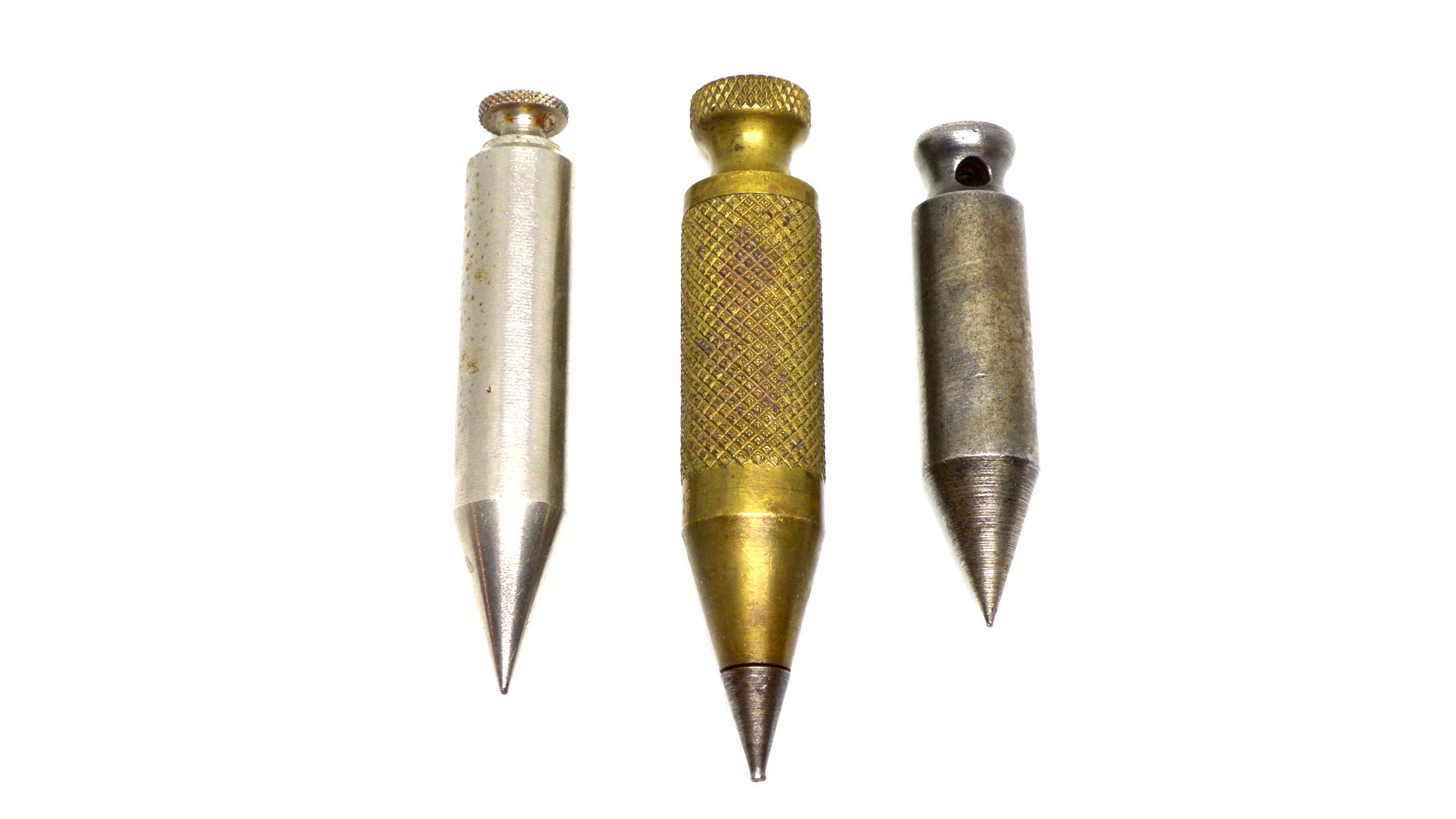
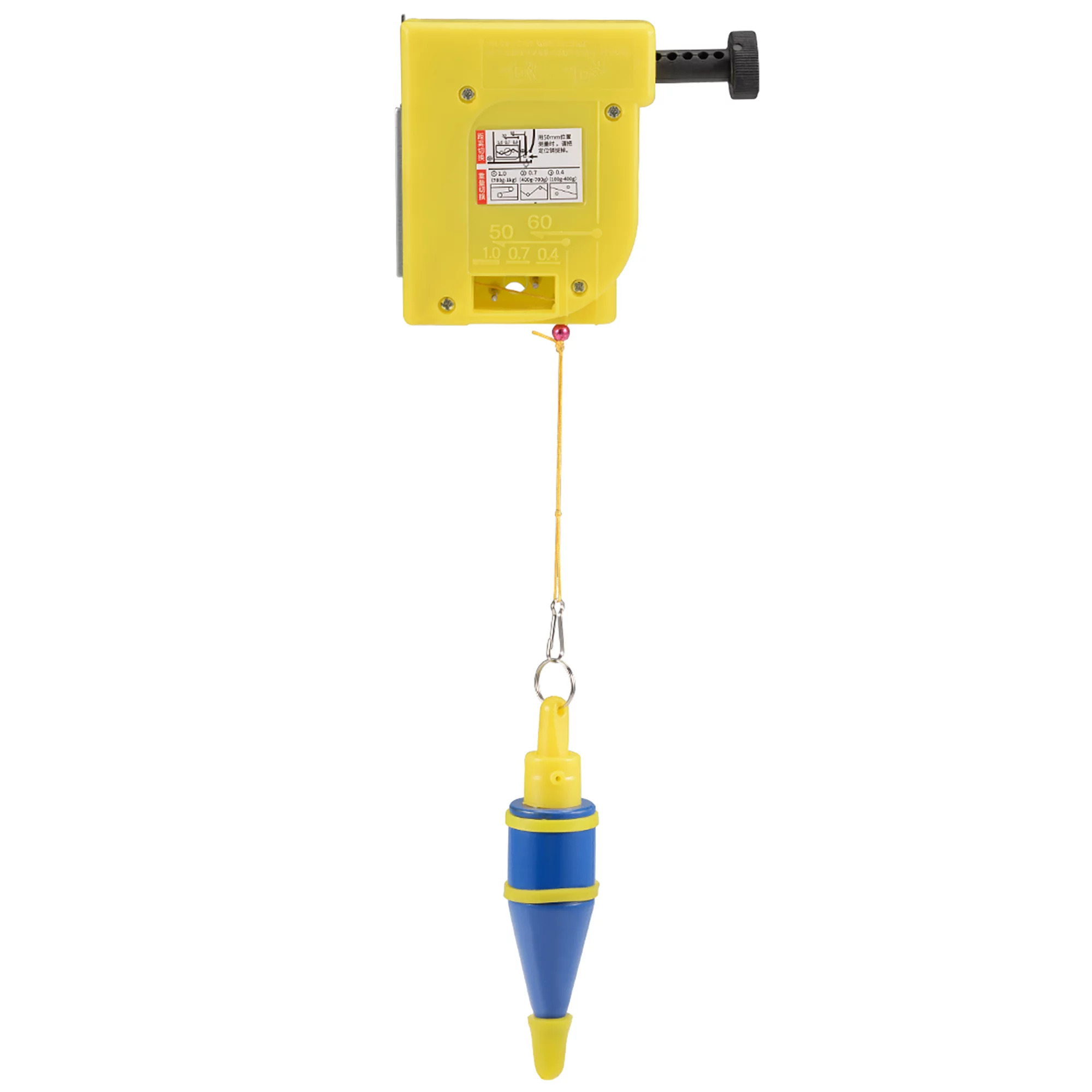

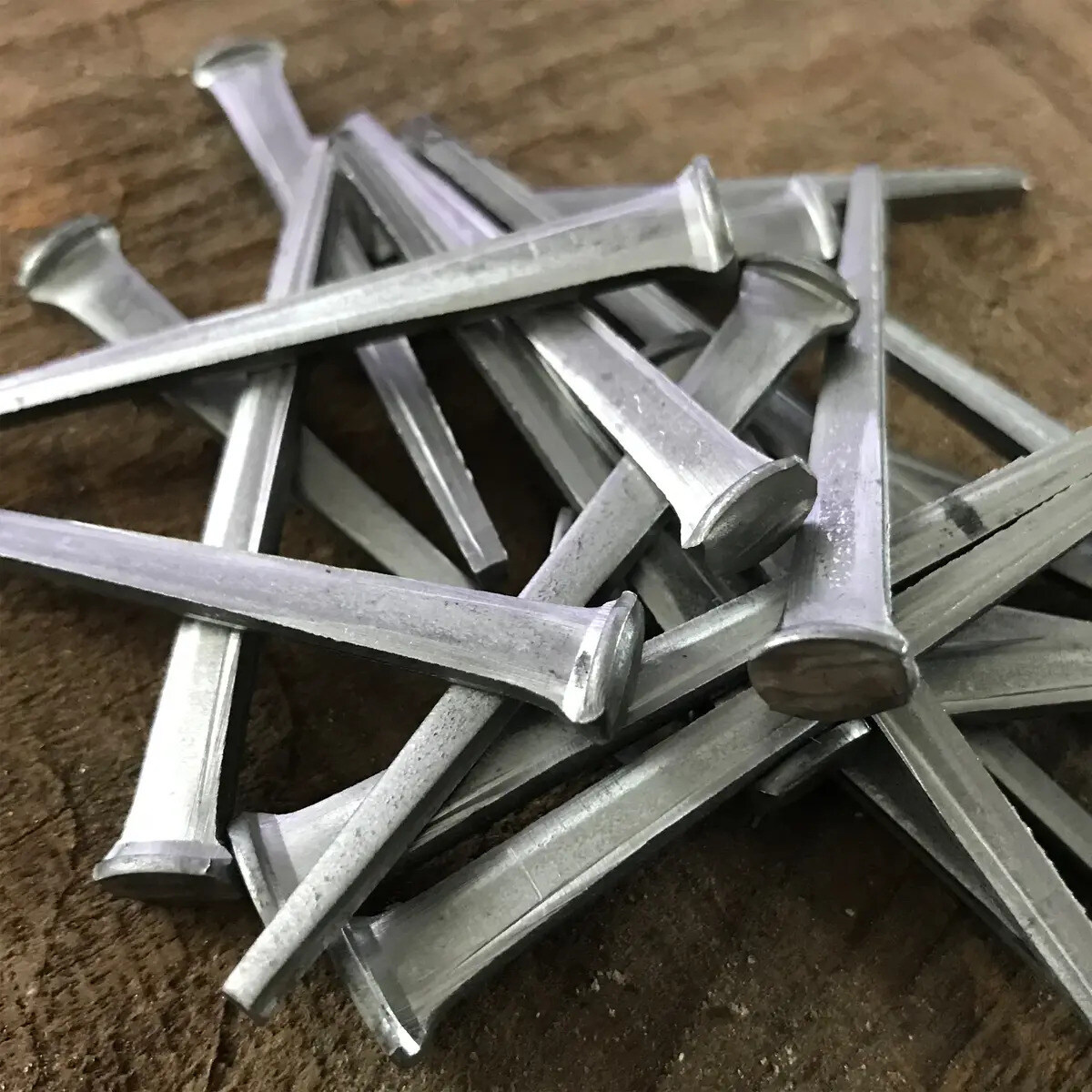

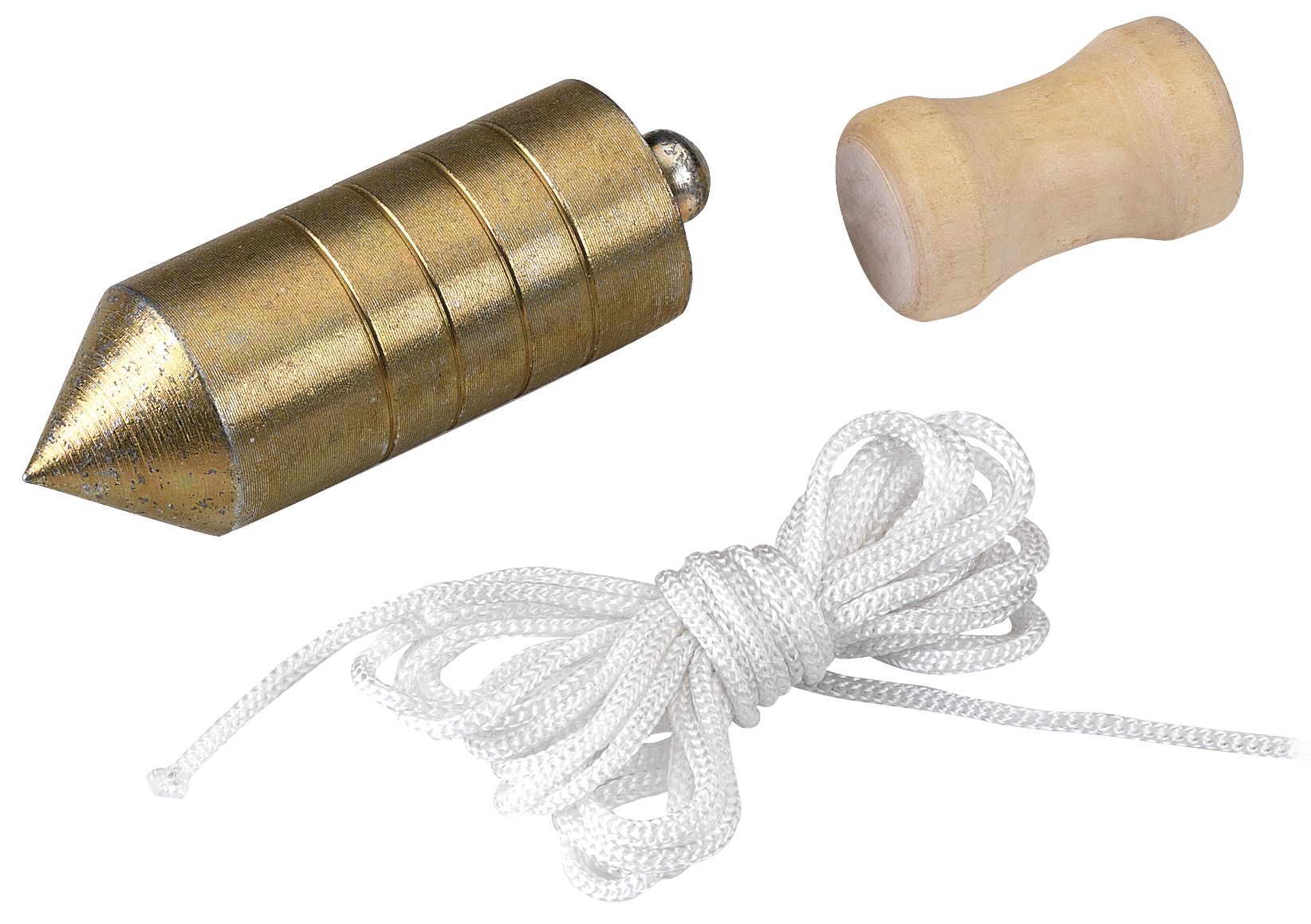

0 thoughts on “What Kind Of String Do You Use With A Plumb Bob”